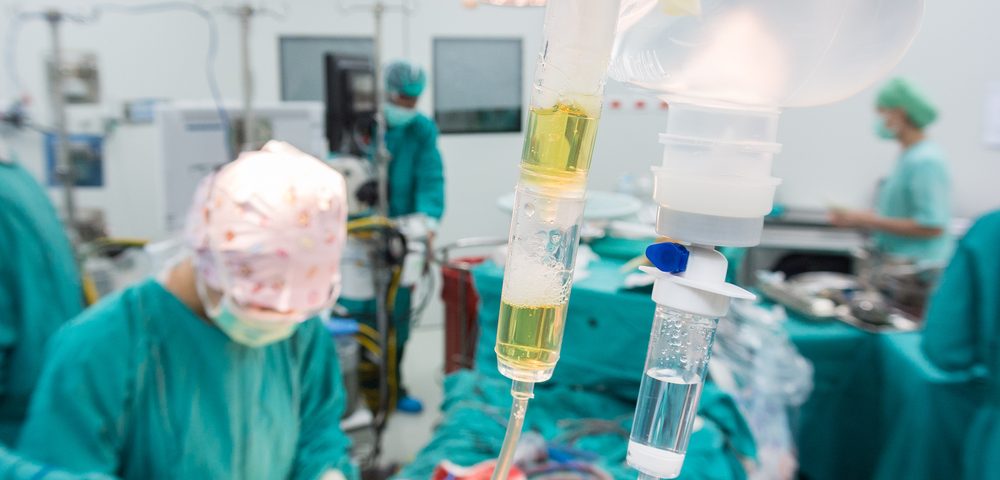A recent study compared two treatment methods of benign prostatic hyperplasia (BPH) related lower urinary symptoms (LUTS), open suprapubic (SP) versus retropubic prostatectomy (RP), and found that both techniques are safe and effective and each of them with its advantage and drawbacks.
The study, titled “Open suprapubic versus retropubic prostatectomy in the treatment of benign prostatic hyperplasia during resident’s learning curve: a randomized controlled trial,” was published in International Brazilian Journal Of Urology.
BPH, a condition affecting more than 50% of men over the age of 60, is often associated with the onset of LUTS that negatively impacts the quality of life. Estimates indicate that about 30% of men will need to be treated for LUTS and 20% will require surgery.
Several surgical treatments for BPH exist, including open prostatectomy with SP and RP approaches which remain the standard procedures widely performed worldwide. The advantages and drawbacks of SP and RP procedures are widely cited but often based on case reports and personal experience of surgeons.
In this study, the researchers conducted a randomized, prospective trial to compare the morbidity and outcomes of SP versus RP for the treatment of BPH.
A total of 65 LUTS patients with prostate volumes above 75g were subjected to open prostatectomy where 32 patients underwent RP and 33 had SP. The comparison of the patients outcomes revealed that SP overall induces a higher incidence of complications than RP.
The voiding (of urination) pattern data suggested that both methods were effective if compared to the pre-treatment baseline. The RP parameters were shown to be significantly better than those of SP in terms of elevated peak urinary flow (SP: 16.77 versus RP: 23.03mL/s) and lower International Prostate Symptom Score (IPSS) score (SP: 6.67 versus RP 4.14).
Other data showed that blood loss in patients with prostate volumes larger than 100g treated with SP was lower than those subjected to RP. Finally, patients with prostate volumes smaller than 100g who underwent SP had a superior incidence of low-grade late complications.
“RP and SP techniques are safe and effective in the surgical treatment of BPH related LUTS, even during the learning curve of residents. The choice of technique should be based on the experience and training of each surgeon,” the authors concluded.
The report added: “The RP technique was associated with higher statistical improvement of urinary symptoms, however, it probably does not represent clinical significance. Although the incidence of complications was high, they were typically easy to handle (Clavien 1 or 2). The SP technique was associated with a higher incidence of late complications, and the RP technique increased the risk of excessive bleeding in massive prostates (greater than 100grams). A similar study should be conducted in other centers to confirm these results.”

